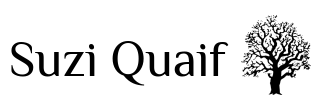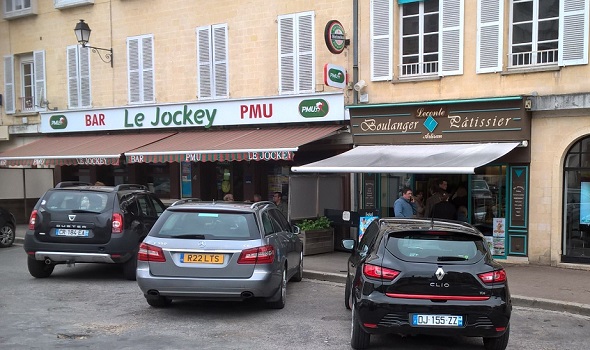On the road atlas for Lower Normandy, among the huge numbers of black circles with crosses signifying churches, there are more than a few red oblongs signifying chateaus. Although there are some open to the public, the ones we came across often seemed to be homes, if very grand ones. Some owing more to the shuttered windowed Caen stone houses in Erne than the Palace of Versailles. Often they hid behind enormous ornate ironwork gates on the edges of the villages with sweeping drives, or were gloriously isolated in the countryside at the end of long avenues of trees
Normandy makes it easy to let your mind wander and be lost in the dreamy romanticism of a past that’s fallen into legend and could so easily be a fairytale. In the timeless villages and tiny hamlets I could as easily imagine the shuttered windows looking out on a Medieval landscape of knights and fair damsels as the tanks of the WW2 liberation rolling through the narrow roads past the steadfast Norman church and apple orchards in full bloom.

